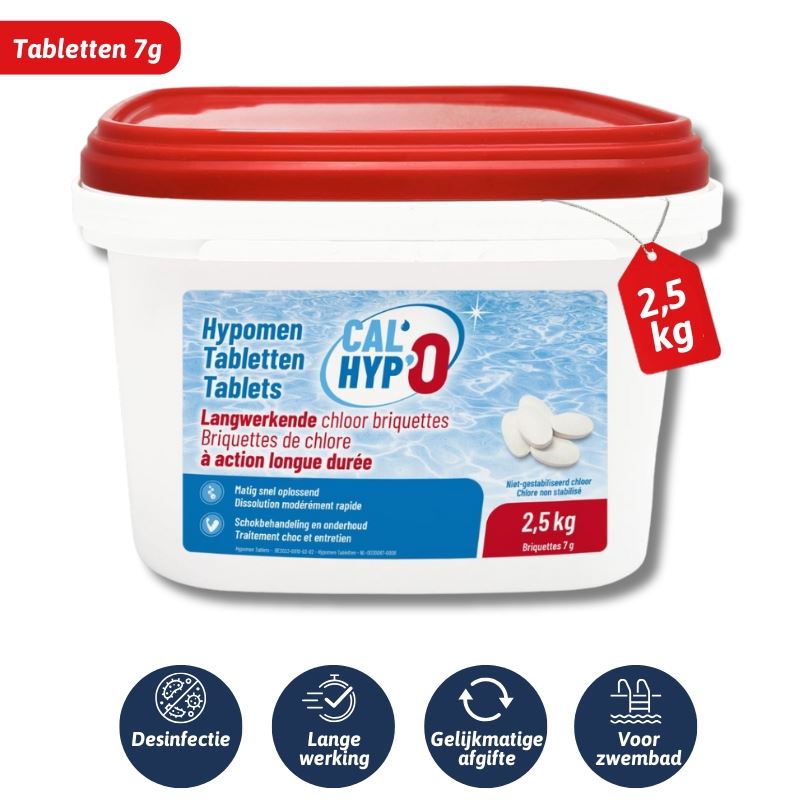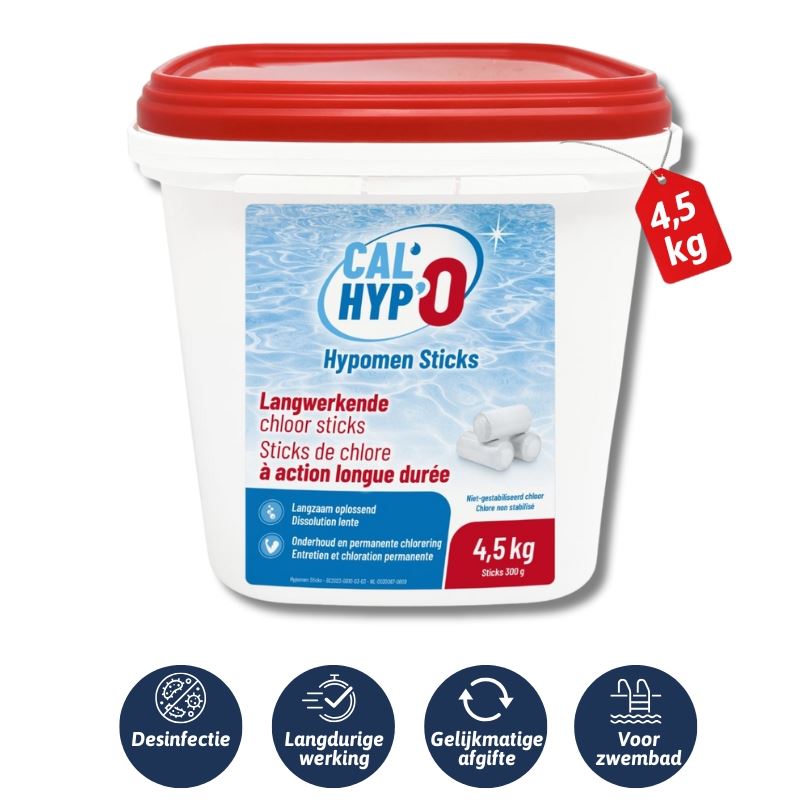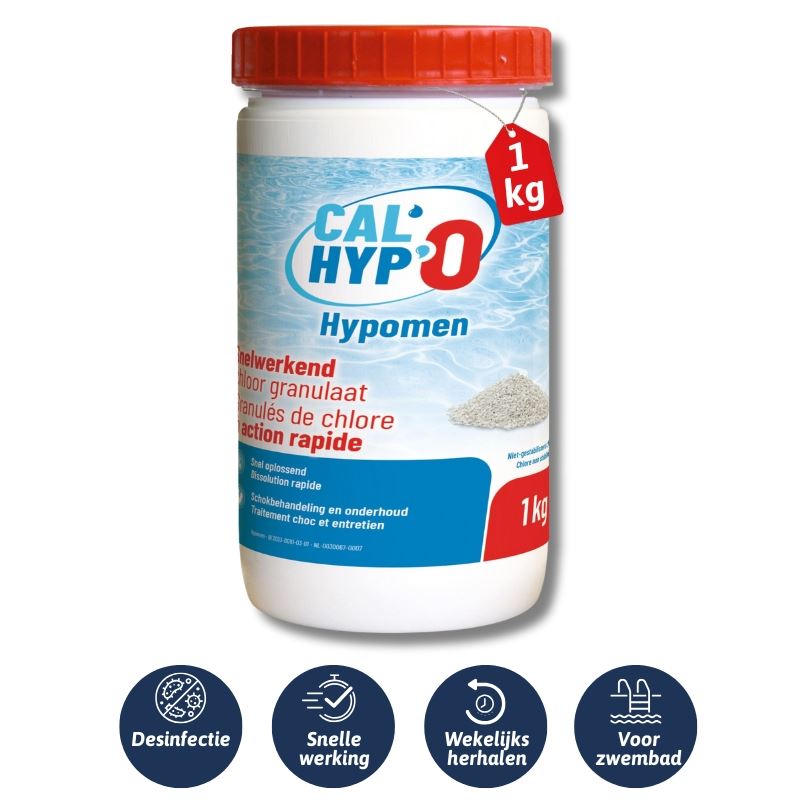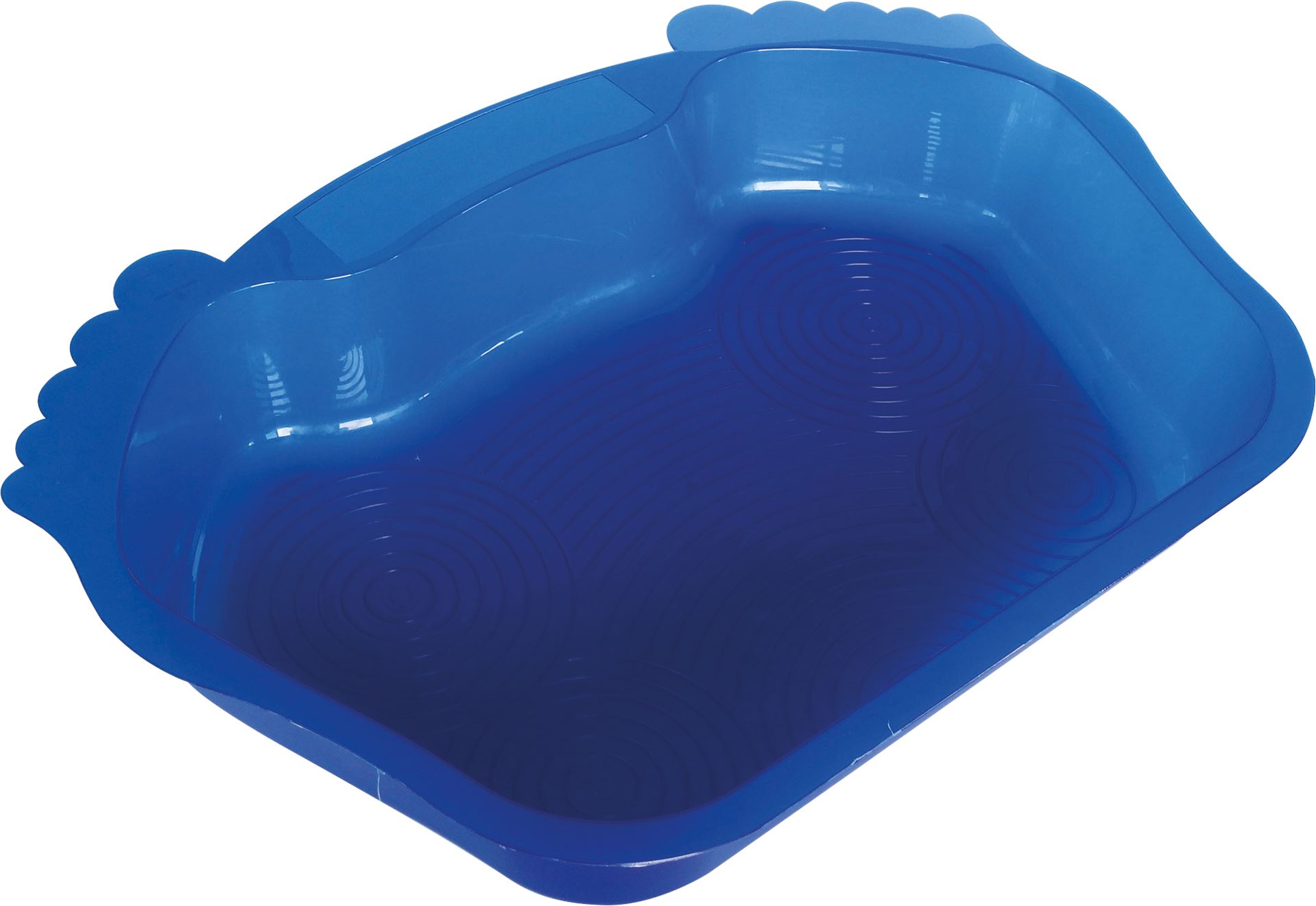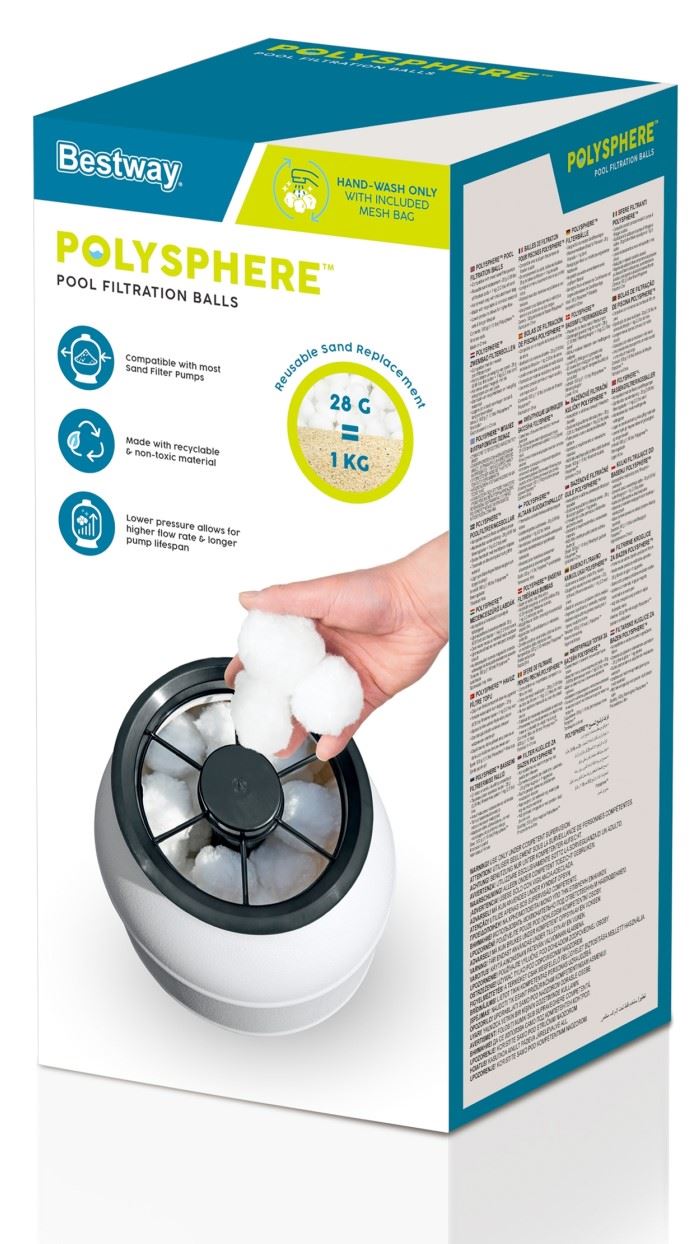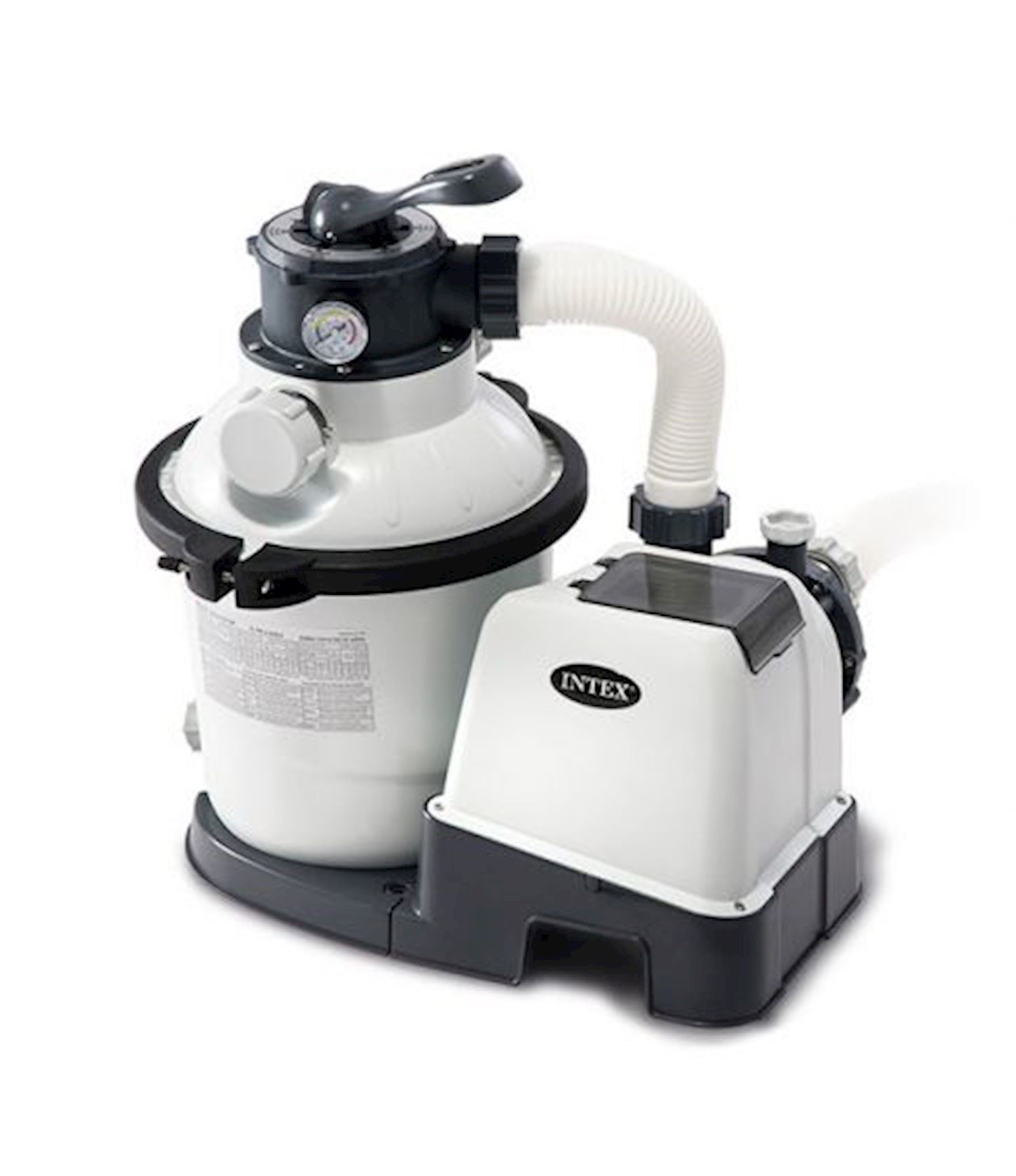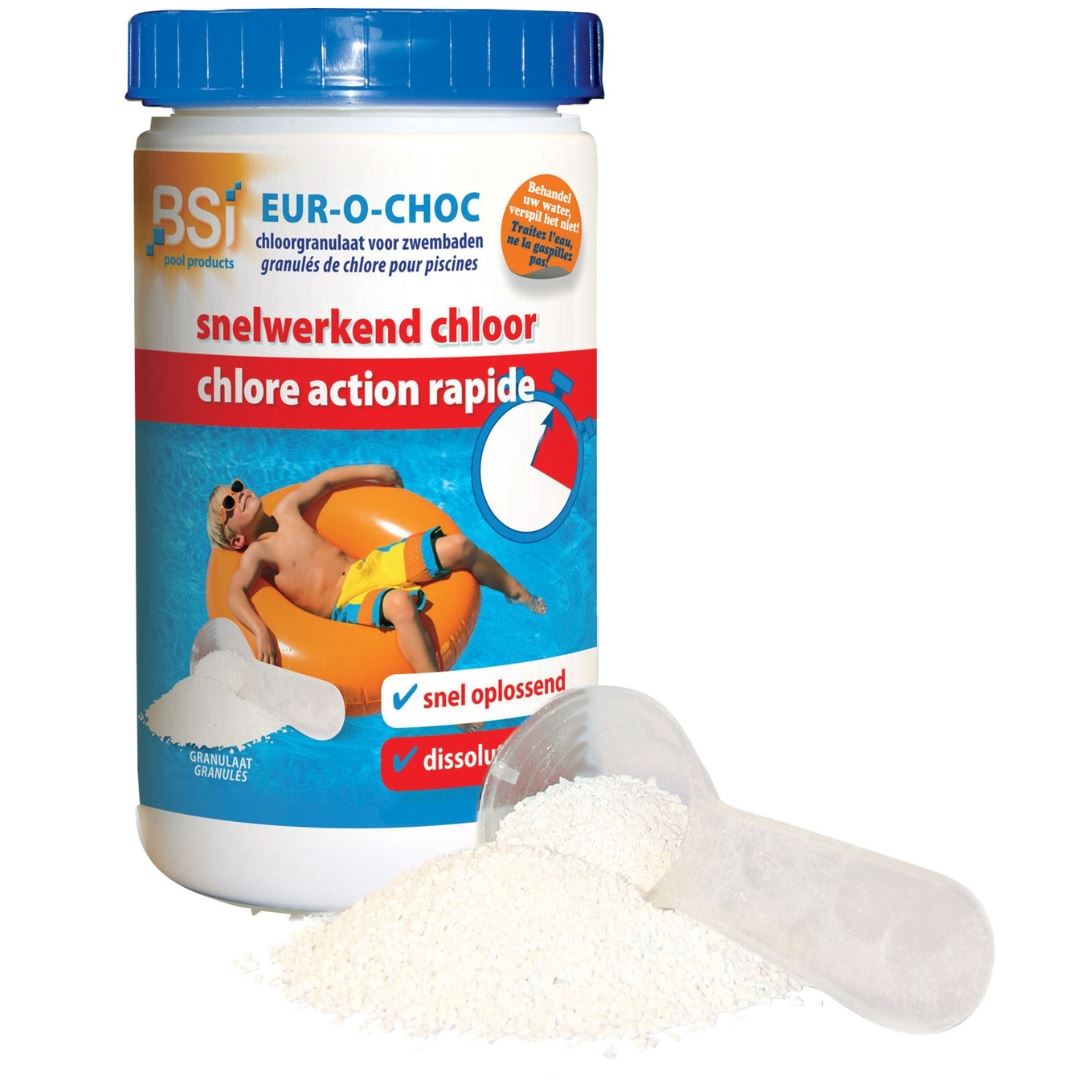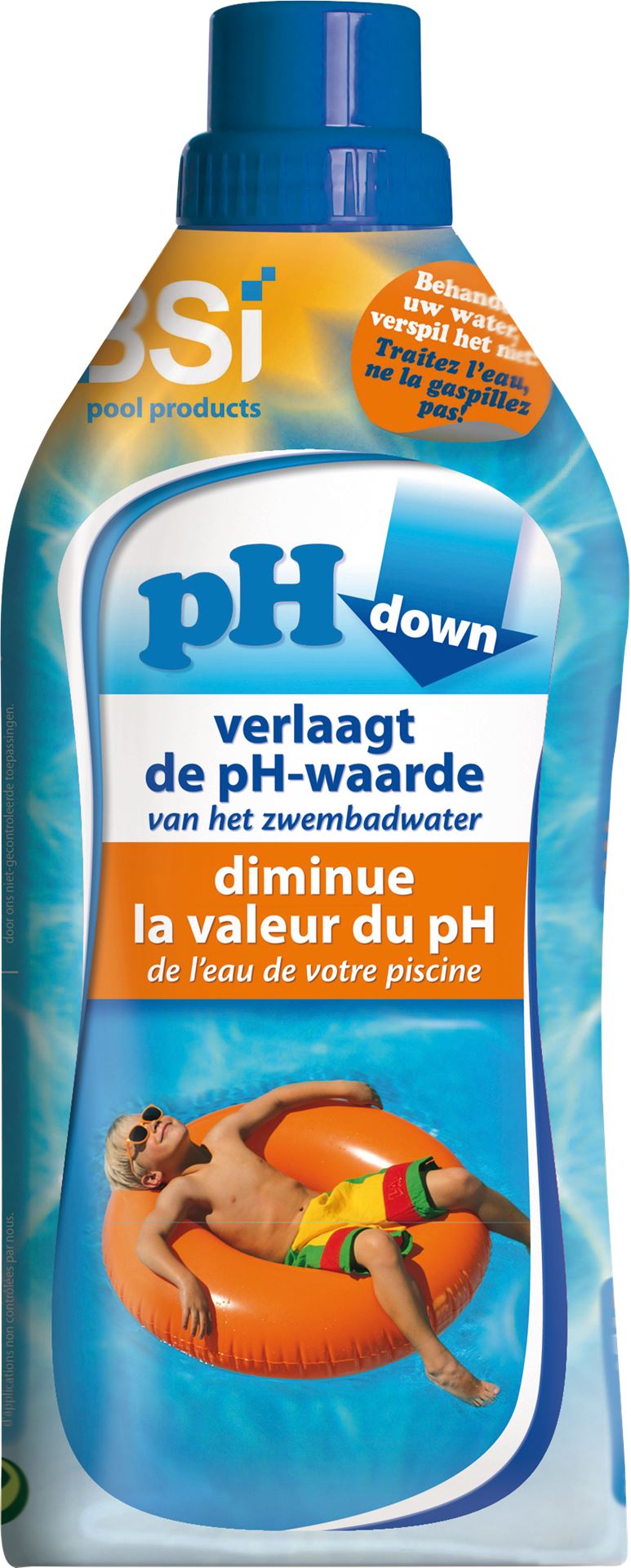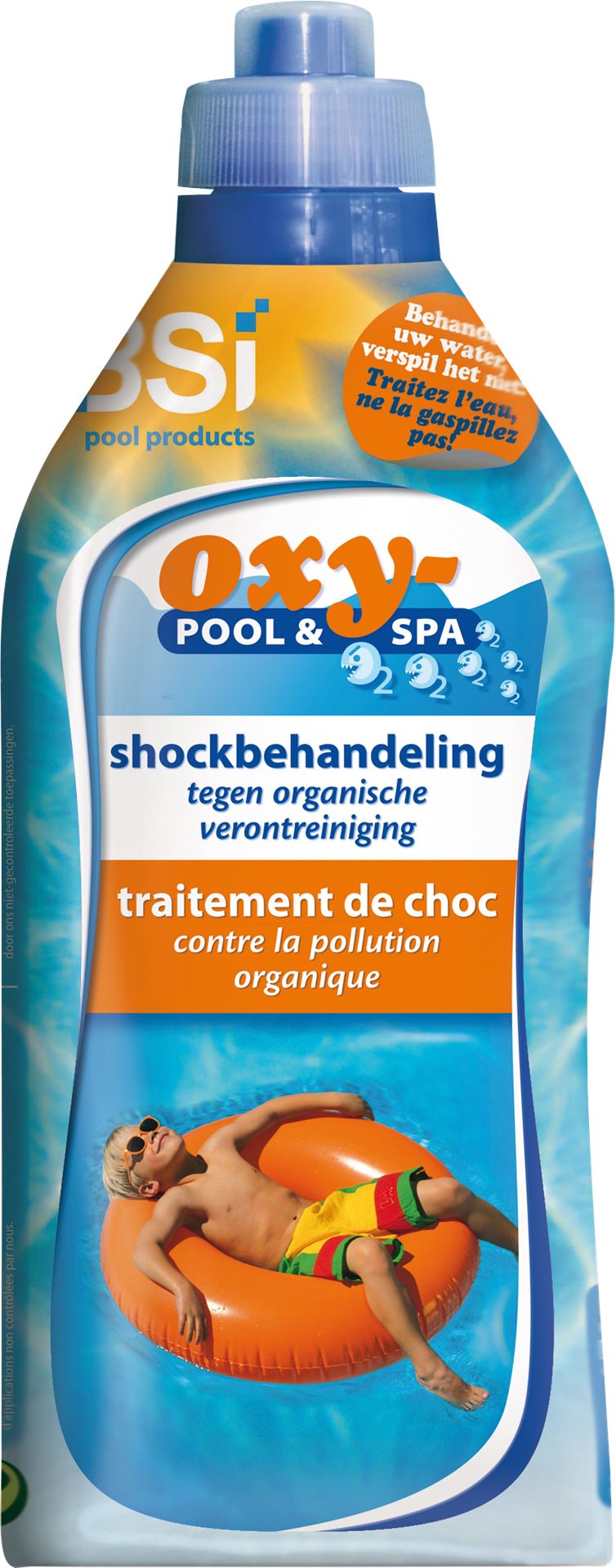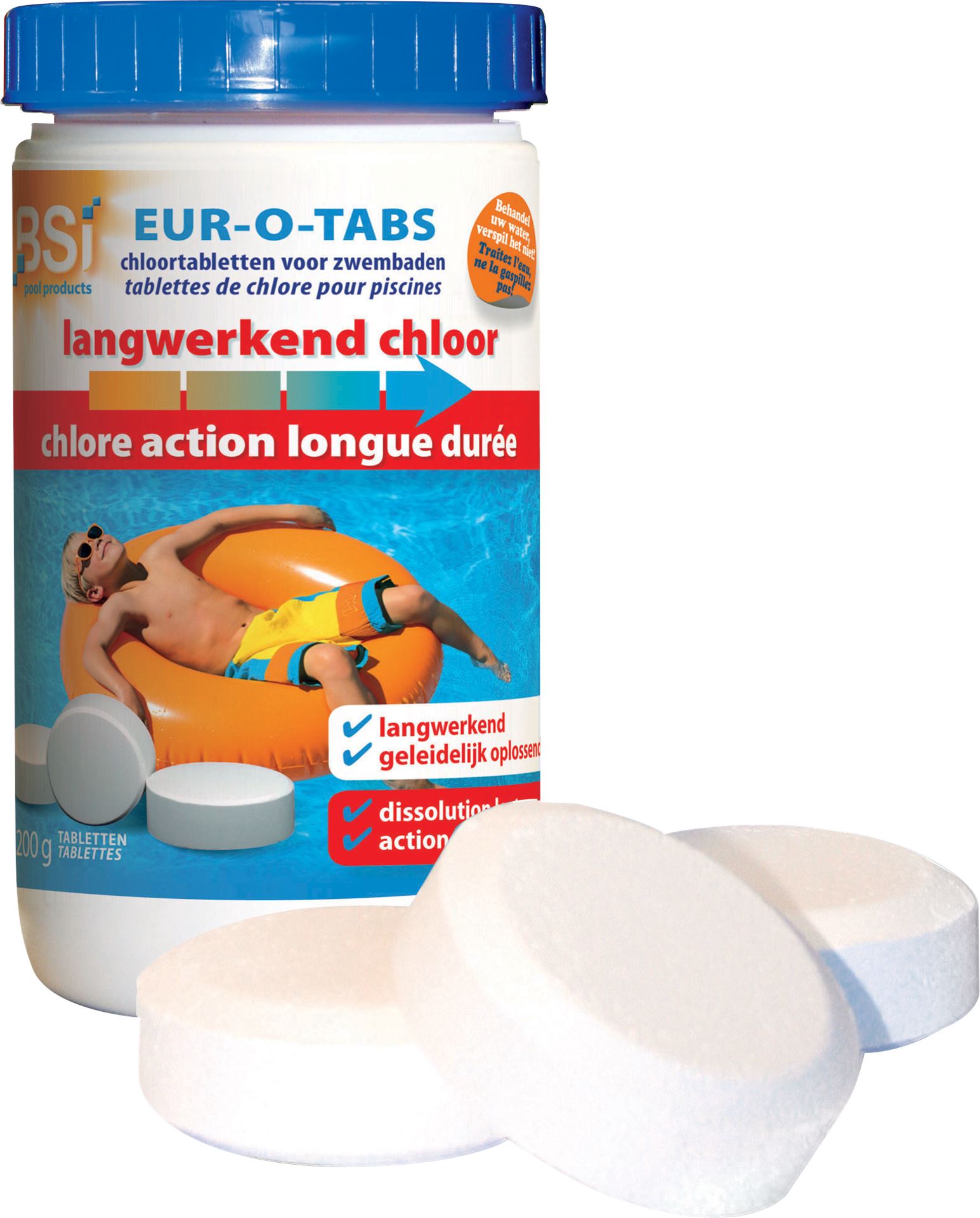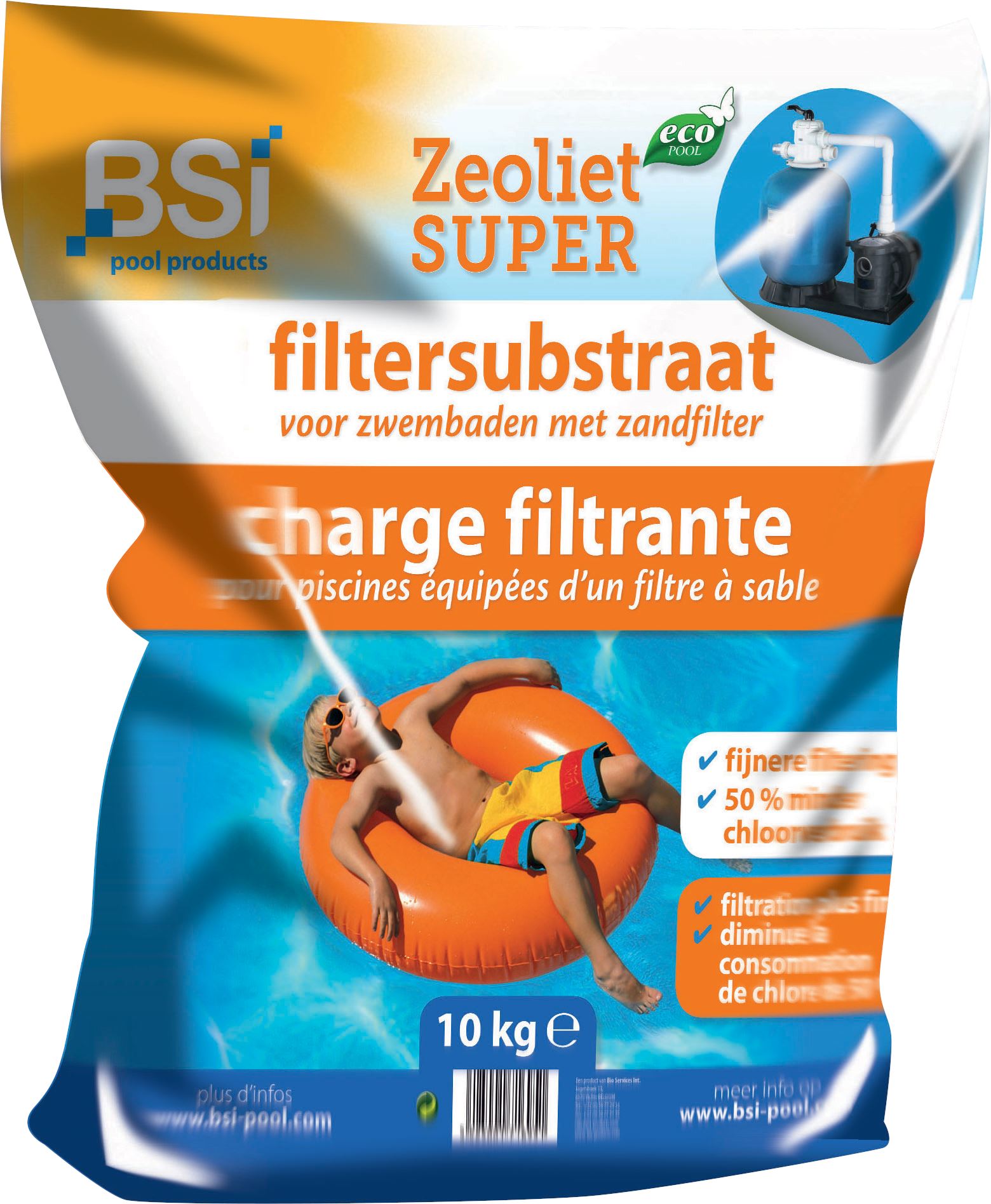
A summer-ready pool in 5 steps!
It will be a summer in which we will mostly be looking for a holiday feeling in our own garden. Based on past years, we can expect tropical temperatures in the coming summer months. A swimming pool provides cooling and fun, but also requires maintenance. It's not just filling up the pool and splashing around. You have to keep a close eye on the pH and chlorine values to be able to enjoy your pool safely and for as long as possible. There are many maintenance products on the market, but what do you really need to pay attention to? In this article, we highlight 5 points of attention!
1. The pH value🏊♂️
First of all, it is important to
check the pH value of the water. Chlorine can only do its work if the pH is also optimal. This value is best between 7 and 7.6, and can be measured with a reusable pH meter or disposable strips. Personally, we recommend the test strips because they are the best value for money. You can also use them to measure the chlorine content, alkalinity and hardness. A pH-value higher than 7.6 ensures that the chlorine will work less disinfecting. This can lead to red eyes and dry skin. If the value is too low, the water is too acidic and may turn a brown colour. To adjust the pH value, you can add pH up or down. These are available in powder or liquid form.
2. Het chloorgehalte 🏊♂️
Chlorine is essential for a
clear and hygienic pool. However, do not start throwing tablets into the pool at random but measure the chlorine value first. Do not combine different types of chlorine as this can cause a chemical reaction. The ideal chlorine value for an outdoor pool is between 1 and 2.5 mg/l of water. Add fast-acting chlorine immediately after filling up, so your pool will be well disinfected and you can dive in a few hours later. Afterwards you can use long-acting chlorine (every 2 weeks) to maintain the chlorine level. You can also choose between small and large chlorine tablets. It is important to use the right dose for the number of litres of water. A large tablet of 200 gr is not suitable for a children's pool.
Can you not stand chlorine or do you prefer not to use this product too often? Then you can use zeolite. This is a natural & volcanic mineral that can replace the sand in the sand filter. These minerals can halve the chlorine consumption and backwashing (see point 4) also needs to be done less often. Another advantage: Zeolite lasts up to six years.
Poolsan is the ideal product for water rats with a chlorine allergy or if you are not a fan of the typical penetrating chlorine smell in your pool. Chlorine is necessary to keep the pool water clean & clear but with Poolsan you keep the water 100% chlorine free and hygienic! You will no longer have any problems with itchy red eyes and this product is also odourless. Poolsan also has a flocculating effect so that organic dirt can be filtered away better.
3. Get rid of dirt 🏊♂️
It is almost impossible to keep the pool completely clean.
Remnants of sun cream or blades of grass regularly float to the surface. You can prevent this by placing a footbath (with chlorine) in front of the pool. Just dip your feet before diving into the pool, and the dirt stays behind. It also provides extra disinfection. It is also advisable to add Cristal clear immediately, and repeat weekly, so that the pool water remains beautifully clear.
Is the pool water already
slightly polluted? Then Oxy pool & spa is the right product. This is a chlorine free shock treatment that gets rid of organic pollution like urine, oil... This way, you can halve the use of chlorine, but it is certainly not a substitute for chlorine. For a thorough cleaning you can also buy a special pool hoover. But the most important part for a clean pool is the filter!
4. Sand or cartridge filter 🏊♂️
Swimming pool filters can be divided into two large groups:
sand filters and cartridge filters
A sand filter is usually a
bit more expensive but also more powerful, so it can also remove small debris. While the cartridge filter works less precisely, and will only suck up the largest dirt. These cartridge filters are often supplied with small inflatable pools, and do their work well there too. Are you opting for a larger pool? Then we recommend a sand filter. Because of the strong circulation, you will not only enjoy a cleaner pool, but you will also need a smaller amount of maintenance products. It is also important to have the filter do a weekly backwash. This means that the pump will work in reverse to loosen all the sand and dirt in the filter to avoid blockages. Adding a flocculant (liquid or in socks) to the skimmer removes even more organic dirt that cannot be filtered out. You can do this weekly or in a higher dose as a treatment in winter.
5. Winter-ready 🏊♂️
Is the summer over? Then you'd better get your pool ready for the winter. Give a smaller inflatable pool
a good scrubbing before storing it away. For a larger or built-in pool, you can use the Winter proof. This will keep the water in your pool during the winter and it will be ready for use in warm weather. Finally, it is better to cover the pool with a tarpaulin against falling leaves. That saves you a lot of tidying up work in the spring!
Even more splashing fun? 👇
More info? Receive all our gardening tips directly in your mailbox!
We'll only email you handy facts, green advice and our best promotions & discounts. You'll receive it about once a week and you can unsubscribe at any time. No spam, promise 🤞












